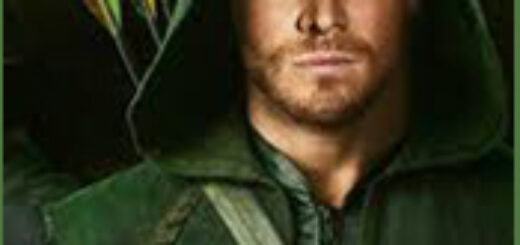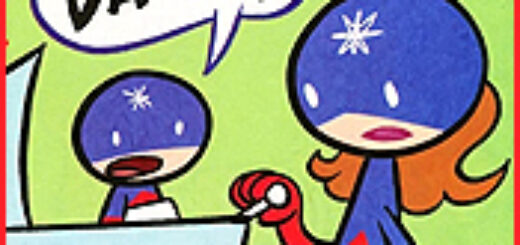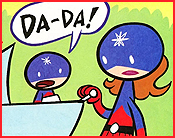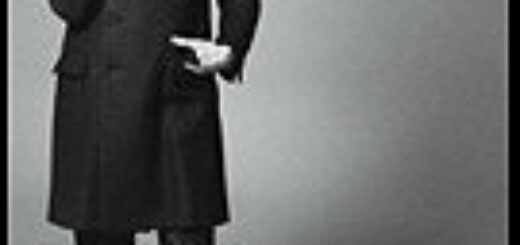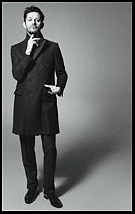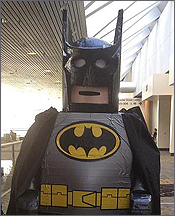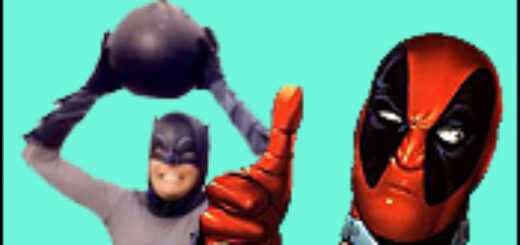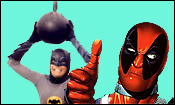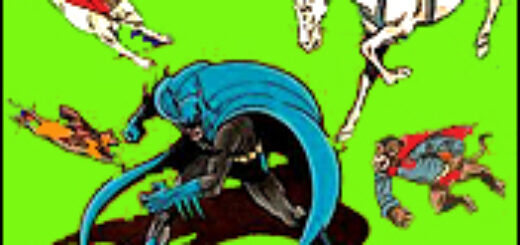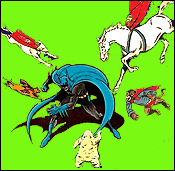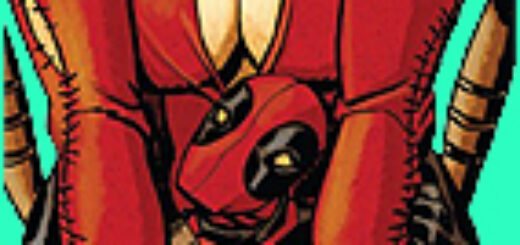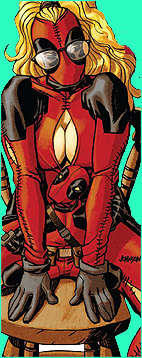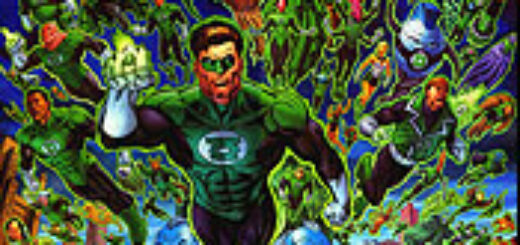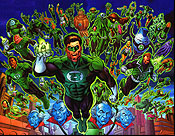Martha Thomases: TV or Hot TV
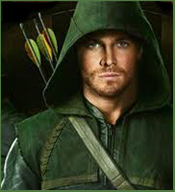 When I was a girl, back in the Stone Age, September was a big, big deal. School started, so we got new clothes. There were new model cars in the showroom.
When I was a girl, back in the Stone Age, September was a big, big deal. School started, so we got new clothes. There were new model cars in the showroom.
(Here’s a joke from those days: What are the three holiest days in the Jewish Calendar? Rosh Hashonah, Yom Kippur, and September 29. What’s September 29? The day the new Cadillacs come out. I love that joke. I think it’s kind of anti-Semitic, but it makes me laugh. Also, I’ve only heard it told by other Jews.)
Most important to childhood me was the new television season. After a summer of re-runs, the three major networks would launch new shows. TV Guide would explain what the new series were about, and what changes were coming to keep the old shows fresh. It was so exciting!
Today, now so much. As this article reports, new shows premiere all the time, and, of course, there are many more than three television networks offering them.
And if you can’t watch a show when it airs, you don’t have to wait until the rerun comes around. You can record it on the DVR (which I still refer to as “taping” because I’m old. Sometimes I say “icebox”). You can watch it on On-Demand stations on cable, or on Hulu or other Internet sites.
You don’t even have to be home. You can watch on your phone, or your tablet.
It should be a golden age, but I find it causes me stress. Instead of making me feel safe, like I can actually live my life the way I want, I feel like I can’t keep up.
For example, on Sundays, there are currently four shows I want to watch between 8 PM and 11 PM. Two are on HBO, which means I can watch them at anytime either On Demand or on HBO Go. One is on a broadcast network, so I can “tape” it or, if I can stand commercials, On Demand. One is on BBC-America, and their On Demand is kind of dicey, so I tend to “tape.”
On Monday, there are also four shows I like, plus I’m out of the house for a part of prime time. More on the DVR.
Tuesdays are also packed, but a lot of what I like are the sit-coms, which tend to be 30 minutes and not 60, spit’s easier to find the 20 minutes of free time. And then, Wednesday there is hardly anything I like (at least so far). I can catch up.
Because if I don’t, Thursdays and Fridays are also clogged. If we come around to Sunday again and I haven’t watched any of the shows from the previous week, I’m behind. Aaaah!
(Also, back in the day, there weren’t continuing plot lines from one week to the next. You could watch a show without having seen any before it, and still figure out who the characters were, or what was going on.)
There’s a lot I’m curious about this year. Will Elementary be good enough to survive in a world that already has Sherlock? I hope so, because I have loved Jonny Lee Miller since Hackers, and it’s not his fault he’s not Benedict Cumberbatch. I have hopes for Vegas because The Big Easy is my idea of a sexy film. Fringe is back for a real conclusion, and all will be revealed.
As a geek, I’m also excited about the CW’s Arrow. The lead is really cute. It looks like they’re keeping a lot of what made the comic book fun (archery, riches, Dinah). They’ve added a mother, and I’m hoping she is not a harpy, but a way to add depth to Oliver Queen, at least through conversation. Did I mention the cute lead?
Recent television shows based on comics have a mixed track record. While I kind of liked
Birds of Prey because I have loved Barbara Gordon in every form, the series only lasted 13 episodes. Smallville did much better, perhaps because it, too, had a cute guy in the lead role.
I sense a trend.
SATURDAY: Marc Alan Fishman

